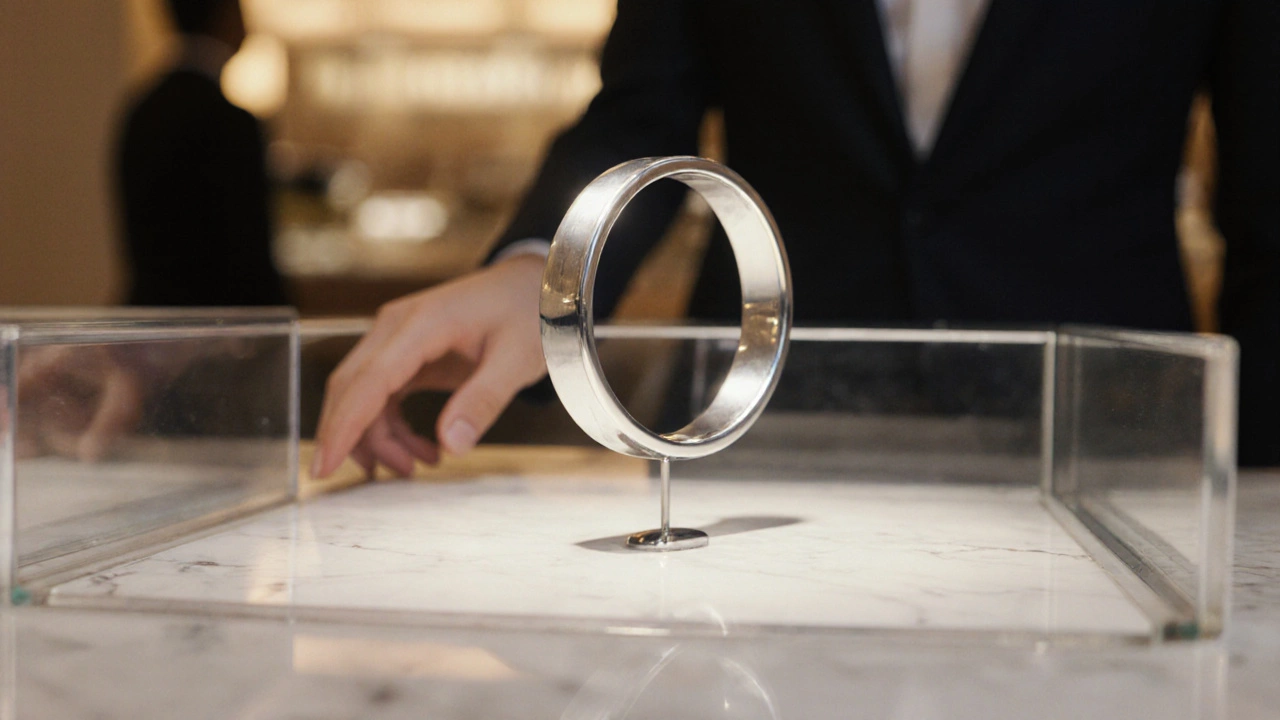Investment Metals: What They Are and Why They Matter
When talking about Investment Metals, tangible assets like gold, silver, and platinum that people buy to preserve wealth and hedge against inflation, you’re stepping into a market that blends history with modern finance. Also known as precious metals, these metals have been used as money for centuries, and today they still attract buyers looking for stability. Understanding them means knowing their purity, how hallmarks work, and why some forms, like bullion, trade differently from jewelry.
Key Players and Their Core Attributes
The most common Gold, a yellow metal measured in karats and often marked with 750, 916, or 999 purity stamps offers a mix of liquidity and cultural appeal. Silver, a white metal usually bearing 925 or 999 marks, provides a lower entry price and good industrial demand. Platinum, a dense, gray metal known for its rarity and high purity standards, often stamped 950 or 999 sits at the premium end, valued for its scarcity and durability. These three metals investment metals encompass the bulk of the market, each bringing distinct price drivers and storage considerations.
Beyond the metals themselves, Hallmarks, official stamps that verify purity and authenticity, shape a buyer’s confidence and resale potential. A 750 mark tells you the piece is 18‑karat gold, while 925 confirms sterling silver. Knowing how to read these signs helps you avoid cheap imitations and gauge intrinsic value.
Another crucial entity is Bullion, bars or coins minted for investment rather than adornment, typically sold at a small premium over spot price. Bullion’s purity and weight are standardized, making it easy to compare across dealers. Meanwhile, jewelry adds craftsmanship and design to the metal, which can boost resale but also introduce subjective value.
Investors also watch Market Trends, factors like currency fluctuations, geopolitical tension, and interest‑rate changes that push metal prices up or down. When the dollar weakens, gold often climbs; during economic stability, investors might shift toward silver for its industrial use. Recognizing these patterns lets you time purchases and sales more effectively.
Finally, the concept of Resale Value, how much you can get back when you sell, depends on purity, hallmarks, condition, and current market demand. Brands with strong reputation—like certain Indian temple gold pieces—tend to retain value better than generic items.
All these elements form a web: Investment metals include gold, silver, and platinum; investing in metals requires understanding purity marks; hallmarks influence resale value. By grasping each piece, you can make smarter choices whether you’re buying a simple 22‑karat gold chain or a stack of silver bullion.
Below you’ll find a curated set of articles that dive deeper into each of these topics—materials, trends, buying tips, and cultural insights. Whether you’re a first‑time buyer or looking to fine‑tune your portfolio, the guides ahead will give you practical steps and real‑world examples to help you navigate the world of investment metals.
Why Platinum Has Almost No Resale Value - Explained
Explore why platinum jewelry often fetches a low resale price, how market forces, supply, and demand affect its value, and tips to get the best return when selling.




